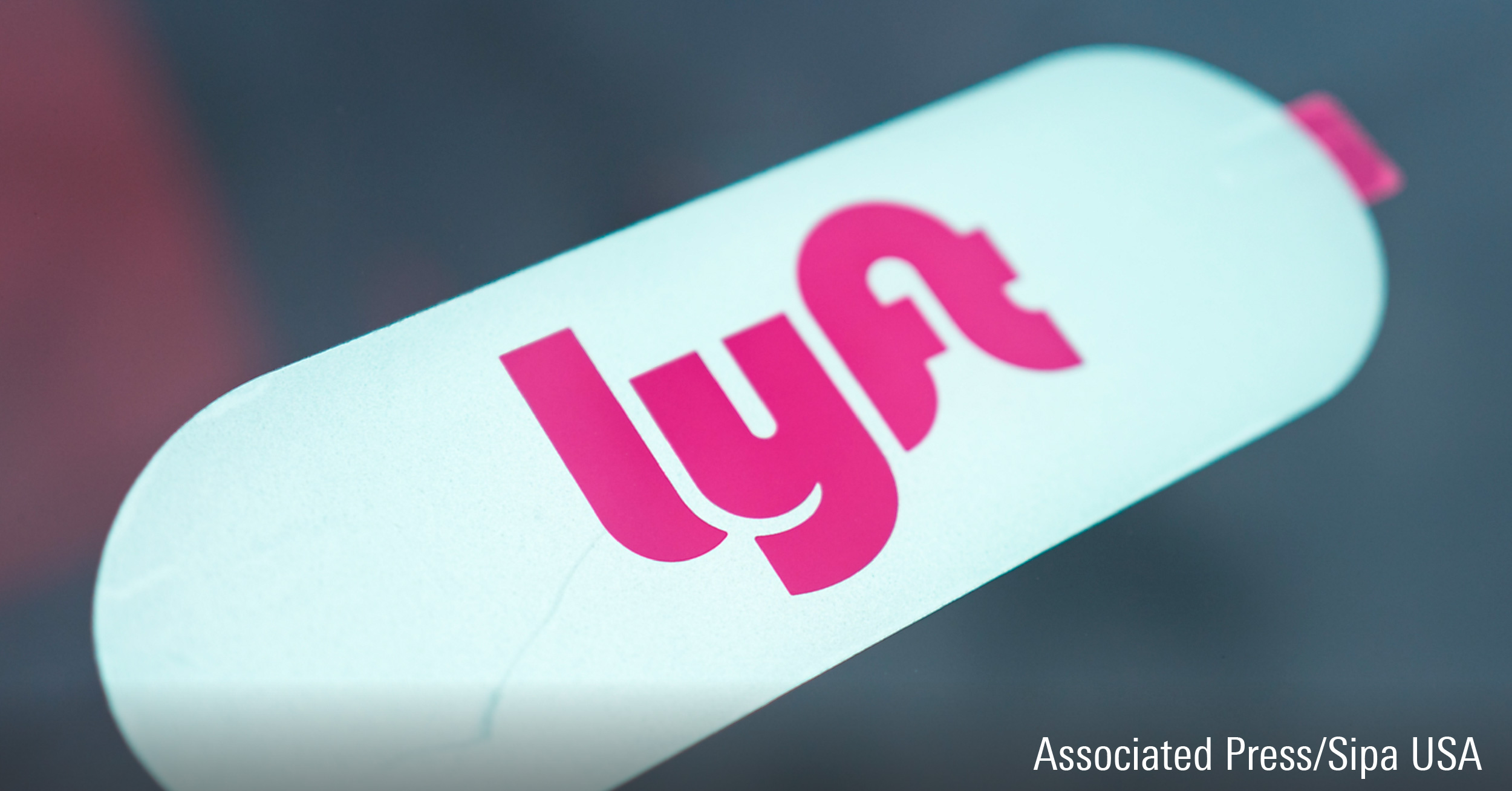After Earnings, Is Lyft Stock a Buy, a Sell, or Fairly Valued?
With strong upside in bookings and efficiency initiatives, here’s our take on Lyft stock.

Lyft LYFT released its first-quarter earnings report on May 7. Here’s Morningstar’s take on Lyft’s earnings and stock.
Key Morningstar Metrics for Lyft
- Fair Value Estimate: $25.00
- Morningstar Rating: 4 stars
- Morningstar Economic Moat Rating: Narrow
- Morningstar Uncertainty Rating: Very High
What We Thought of Lyft’s Q1 Earnings
- The company provided solid upside to both bookings and profitability numbers. While Uber UBER has been gobbling up market share, we think some of Lyft’s new initiatives for efficiency and improved customer experience can catalyze demand. These initiatives include faster pickup times (the fastest they have been in four years) and introducing a minimum pay standard for its drivers (which has helped push driver hours up to 2019 levels).
- There was also a lot of bad news baked into the stock price. As a result, when investors saw the firm’s numbers, including strong second-quarter guidance, shares traded up.
- We think we’re seeing Lyft’s network effect begin to propel its financials. As gross bookings grew, average revenue per user and net profitability per rider improved. Further, we think the flywheel will spin faster. We are already seeing the firm translate a higher percentage of gross bookings into revenue, generate more rides per rider, and grow revenue per rider faster than sales and marketing expenses.
- We think investors are overly skeptical of Lyft’s market opportunity. Our fair value implies a 30% upside to the stock.
Lyft Stock Price
Fair Value Estimate for Lyft
With its 4-star rating, we believe Lyft stock is undervalued compared with our long-term fair value estimate of $25 per share, representing an enterprise value of 2 times 2024 net sales. We project that Lyft’s net revenue over the next five years will grow 11% annually on average. This growth should be driven by continuing economic growth, the return of more workers to the office, and an increasing adoption rate as the company attracts more users. We also think ride-hailing can take revenue from public transportation, which we account for in our projections.
We project that Lyft will remain one of the top players in the ride-hailing market mainly in the United States and Canada, with further growth opportunities possible in Europe and Latin America.
Read more about Lyft’s fair value estimate.
Lyft Stock vs. Morningstar Fair Value Estimate
Economic Moat Rating
We believe Lyft warrants a narrow economic moat. As with many other platforms that connect various parties (including Uber), we believe the company benefits from network effects between drivers and riders. We also believe Lyft has accumulated valuable intangible assets around driver and rider data that will be hard for startups and newcomers in the space to replicate. Ultimately, we believe these moat sources will help lift the company to profitability and let it generate excess returns on invested capital.
Read more about Lyft’s economic moat.
Financial Strength
At the end of 2023, Lyft had $846 million in net cash on its balance sheet. It burned $98 million in cash from operations in 2023, less than the $237 million in 2022, mainly due to lower insurance costs and improved efficiency. We expect the firm to generate cash from operations beginning in 2024. By 2033, we estimate that Lyft’s cash from operations will approach over $2 billion, outpacing top-line growth due to operating leverage. We expect Lyft to become free cash flow-positive in 2024, after which it will average free cash flow to equity/sales of 13% through 2033. While we expect Lyft’s FCFE/sales to reach 16% by 2033, we do not foresee the firm issuing dividends for the foreseeable future.
Read more about Lyft’s financial strength.
Risk and Uncertainty
We assign Lyft a Very High Uncertainty Rating. The firm faces intense competition in the US from the ride-hailing leader, Uber, and it remains possible that Uber outspends or out-innovates Lyft to emerge as a winner-take-all (or most) ride-hailing provider.
There are concerns about whether Lyft’s network effect can aid the firm’s moat if it incurs additional costs imposed through municipal, state, and/or federal regulations. At the same time, more driver and rider data gathering may increase the firm’s ESG risk concerning data privacy and security.
Read more about Lyft’s risk and uncertainty.
Lyft Bulls Say
- Lyft’s position in the autonomous vehicle race could equalize gross and net revenue if it no longer needs to pay drivers.
- Lyft will profit from its do-good brand in comparison with competitor Uber.
- The company’s aggregation of multimodal offerings will drive in-app stickiness, making Lyft a one-stop shop for all transport needs.
LYFT Bears Say
- The development of autonomous vehicles, especially Google’s Waymo, could eliminate the need for existing ride-hailing platforms, driving Uber and Lyft out of business.
- Ride-hailing is still a relatively new industry, which leaves plenty of room for increasing regulations that could hurt Lyft’s margins
- Lyft may lose pricing power if competitors with larger markets use profits from its monopolistic regions to drive down prices in the US and Canada.
This article was compiled by Krutang Desai.
The author or authors do not own shares in any securities mentioned in this article. Find out about Morningstar’s editorial policies.

/s3.amazonaws.com/arc-authors/morningstar/4ef98a5a-6be5-4127-a335-3568837ad0cd.jpg)
/d10o6nnig0wrdw.cloudfront.net/05-31-2024/t_99626deb19c94bd4a5c406e19350f0ee_name_file_960x540_1600_v4_.jpg)
/cloudfront-us-east-1.images.arcpublishing.com/morningstar/U4OLR5WQ3JFYDHD76KVW6URKTU.jpg)
/cloudfront-us-east-1.images.arcpublishing.com/morningstar/DOFK3IUSBRF5XHSFKBZHOG4J5A.jpg)
:quality(80)/s3.amazonaws.com/arc-authors/morningstar/4ef98a5a-6be5-4127-a335-3568837ad0cd.jpg)